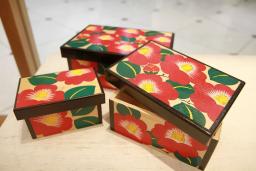A Look at Kumamoto’s Post-Earthquake Recovery - 2021
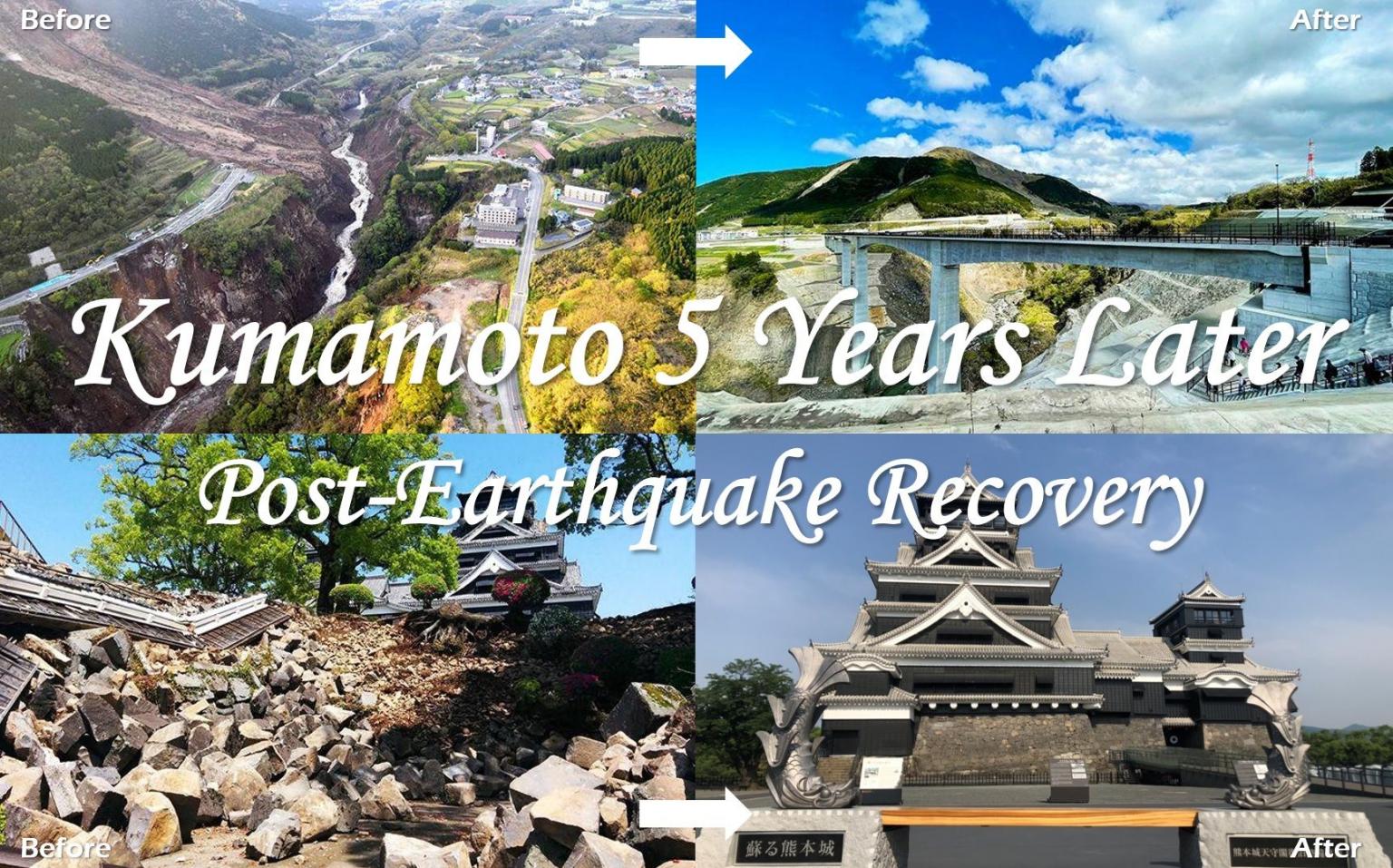
A goal of the bid for the 2020 Olympic & Paralympic Games in Tokyo was for the event to be a signal of Japan’s recovery after the devastating Tohoku earthquake and tsunami of 2011.
The untimely spread of COVID-19, however, delayed the Olympics a year and forced competitions to be held without spectators. This meant all of the post-earthquake progress in Japan, meant to be unveiled to foreign visitors during the Olympics, went largely unnoticed by the world.
In 2016, the region of Kumamoto was struck by a series of earthquakes. Dubbed the Kumamoto Earthquakes, the two strongest tremors measured magnitudes of 6.2 and 7.0. Kumamoto, too, was looking forward to the Olympics as a measure of recovery from its own disaster.
But as in eastern Japan, COVID-19 prevented foreign visitors from coming to see the progress for themselves. As an alternative, we’d like to show you some of what Kumamoto has accomplished in the past five years.
About Kumamoto
Kumamoto is located in the middle of Kyushu, the southernmost main island of Japan.
Kumamoto features a wide variety of cultural and natural attractions which include: Kumamoto Castle, the symbol of Kumamoto built during the age of samurai; Mt. Aso, an active volcano with an enormous caldera; the Kuma River, one of Japan’s swiftest rivers; and Amakusa, a small archipelago where Christianity lived in hiding centuries ago.

Kumamoto has an interesting connection to the Olympics. Shiso Kanakuri (1891-1983), known as the “father of marathon” in Japan, was a native of Kumamoto and the first athlete to represent Japan at the Olympics. He also set new world records for the marathon three times (beating the previous record by 27 minutes). If not for the pandemic, Kumamoto would have had a lot to celebrate during these Olympics.
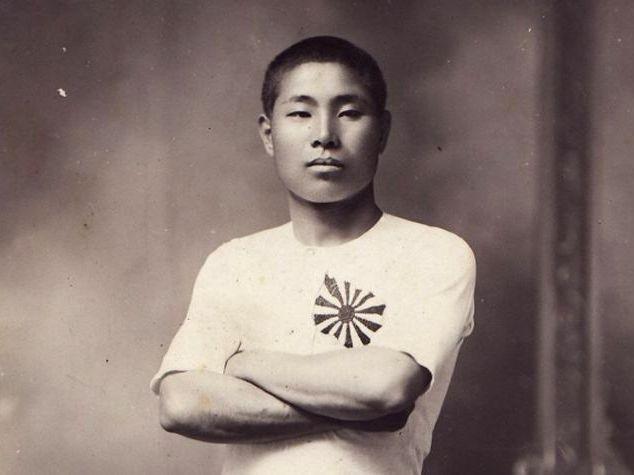
The Strongest Series of Earthquakes in Japan’s Recorded History
In April 2016, five years after the Great East Japan Earthquake of 2011, Kumamoto was hit by two magnitude 7 earthquakes in the same area for the first time in Japanese history, said to have occurred once in 1,000 years.
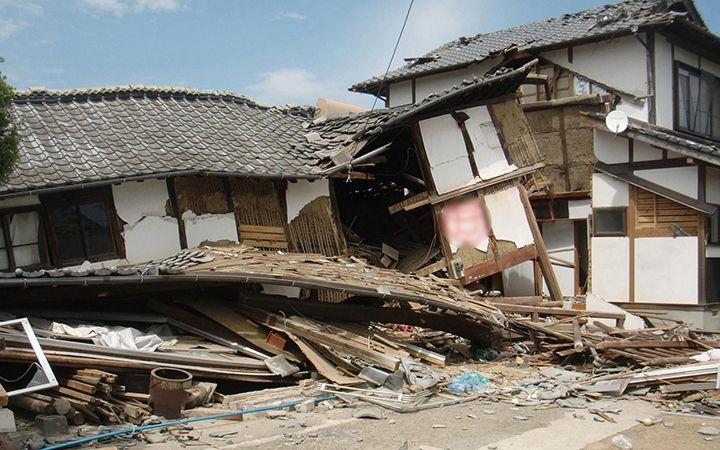
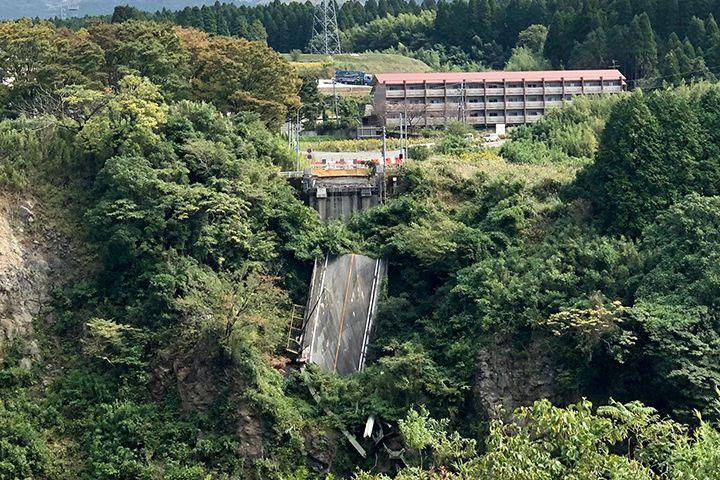

Reconstruction of the Aso area, an active volcano
Aso is the pride of Japan's tourist attractions. Although it is still an active volcano, the caldera, which stretches 18 km from east to west and 25 km from north to south, is home to approximately 50,000 people, making it a rare place in the world. Inside the caldera, the countryside is blessed with spring water, and red cattle graze on the vast grasslands. Aso is such a rich place where you can encounter real "fire" and "water. Before the Kumamoto earthquake, it was a major tourist spot, visited by as many as 16,000,000 tourists a year.
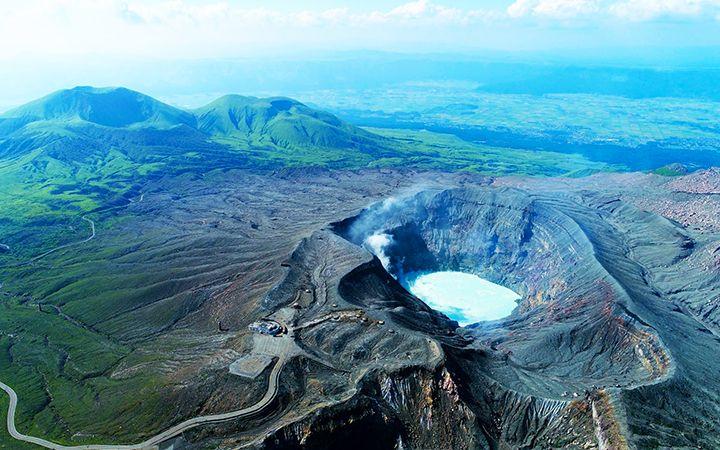
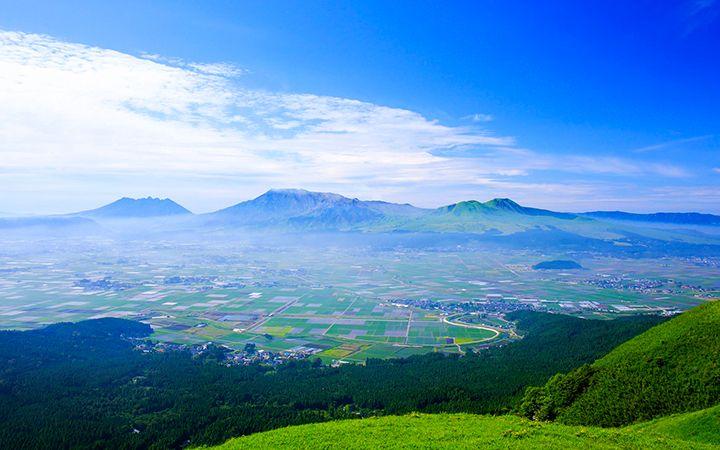
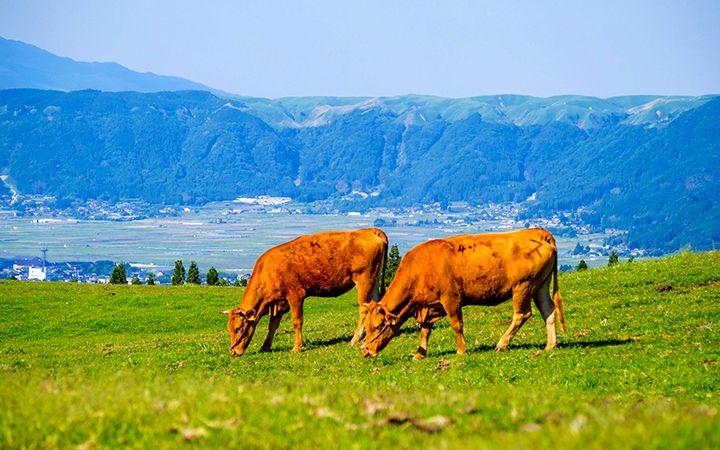
However, the shaking and landslides caused by the Kumamoto earthquake caused extensive damage, including collapsed houses and facilities, collapsed bridges, and cut off railroads. Five years have passed since then. As a result of the hard work of restoration, transportation and other infrastructure has been restored, and tourist facilities have reopened for business. The area is now in a perfect condition to welcome tourists once again.
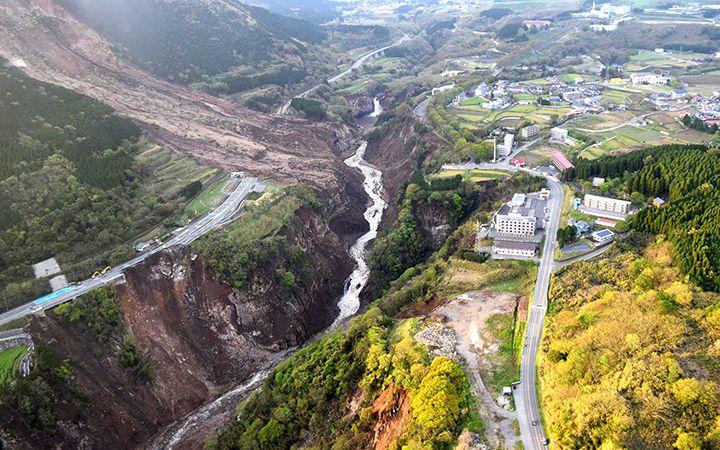
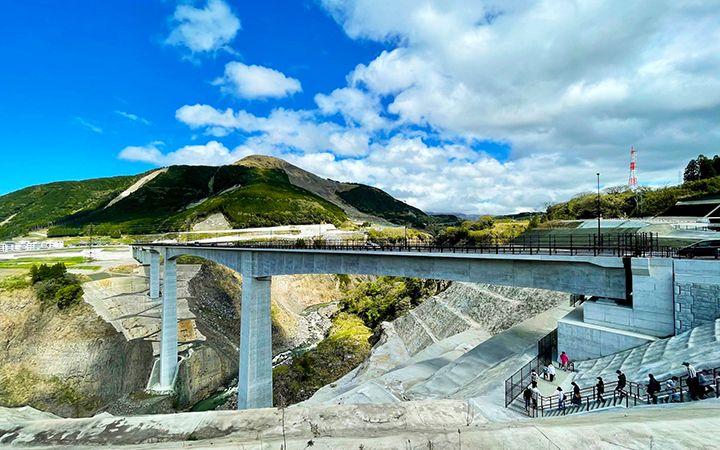
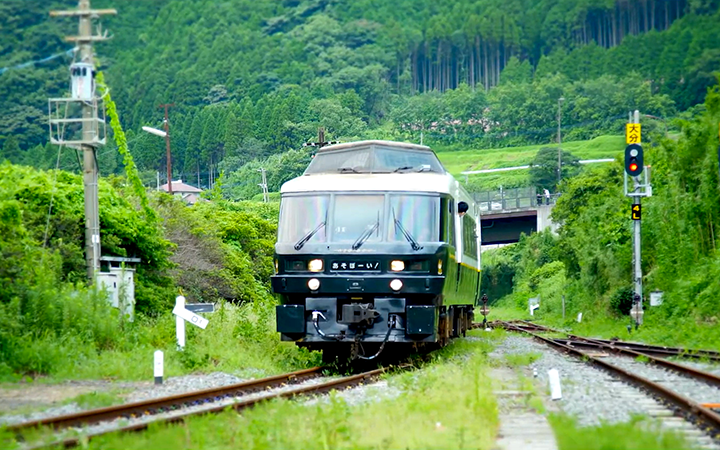
Rebuilding Kumamoto Castle, the symbol of Kumamoto
Kumamoto Castle is the symbol of Kumamoto and the heart and soul of Kumamoto’s people.
It was built in 1607 by Kato Kiyomasa, Lord of Kumamoto. Its towering castle keep and steep stone walls designed to keep ninja at bay (called mushagaeshi) are two of its defining features, and its impregnable design has made it a favorite of castle buffs around the world.
The earthquakes toppled buildings, smashed roof tiles, and reduced stone walls to rubble.
Yet the expert stonemasonry still held strong in crucial areas, with multiple buildings left standing by just a single column of stacked stone.
Reconstruction on the castle continues. An elevated walkway has been completed to offer access to the interior of the castle, and the castle keeps are now open to the public.
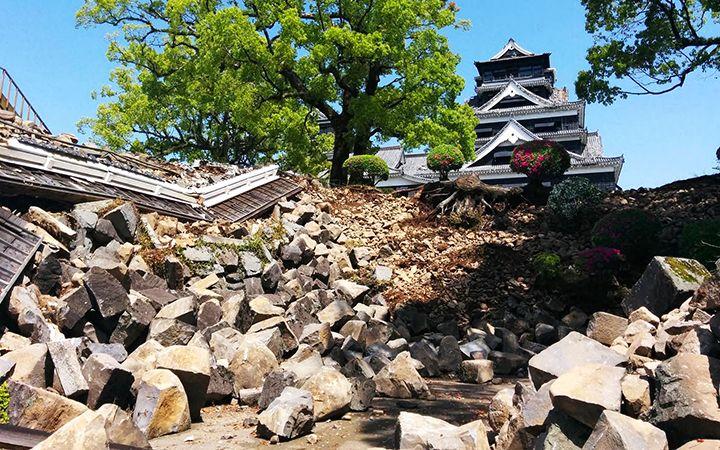



Popular anime and manga "One Piece" also contributes to reconstruction efforts
Scores of people have come together to support Kumamoto after the earthquakes. One such person is Eiichiro Oda, creator of the immensely popular manga "One Piece" that holds the Guinness World Record for “Most Copies Published for the Same Comic Book Series by a Single Author.” Oda was born and raised in Kumamoto and created an original One Piece story arc called Hinokuni Recovery to support his hometown. In it, each of the characters (Luffy and the 9 members of the Straw Hat Pirates) use their powers to help Kumamoto. Bronze statues of each of the Straw Hat Pirates are in the process of being unveiled through Kumamoto Prefecture.

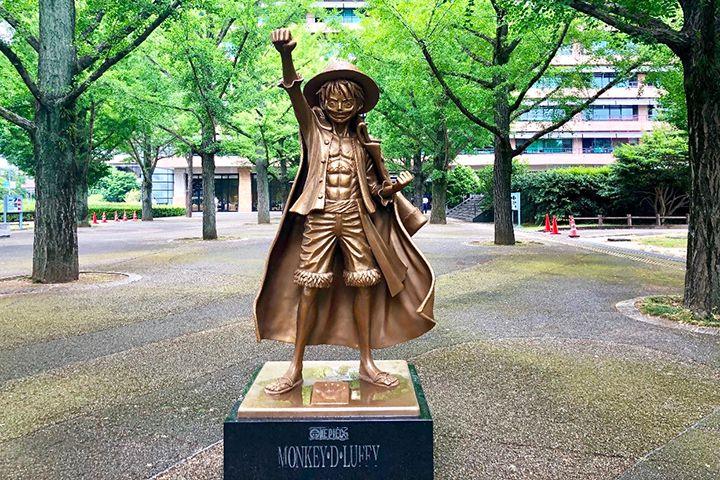
See You Soon in Kumamoto!
Kumamon is Kumamoto’s mascot, and he also moonlights as the prefecture’s Sales Manager and its Happiness Manager. As the Happiness Manager, he worked hard to support the people of Kumamoto through the earthquakes and, as Sales Manager, he’s been busy spreading the appeal of post-recovery Kumamoto around the world.
We’re really sad that we weren’t able to welcome any visitors here for the Tokyo Olympic and Paralympic Games, but once COVID-19 dies down, we hope that you’ll come visit Kumamoto to
see all the progress we’ve made. Kumamon and everyone here in Kumamoto are looking forward to seeing you!

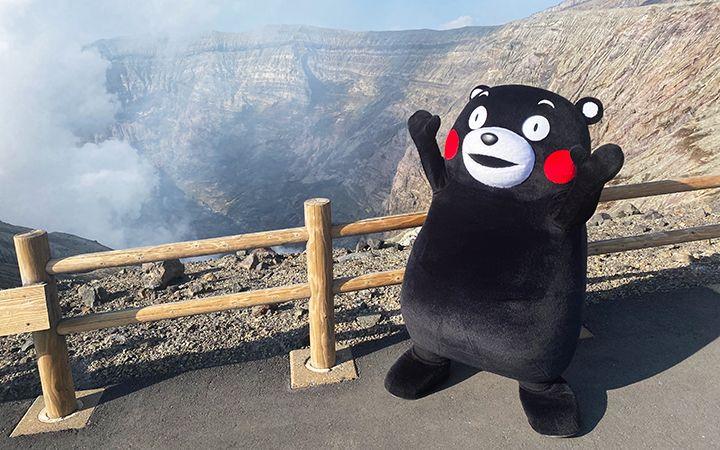
Kumamoto will keep moving forward
This video was made by the Foreign Ministry with the full cooperation of Kumamoto Prefecture.

Editorial staff “Kuma motto”
“Kuma motto editorial staff” full of love with Kumamoto. We know everything about Kumamoto, from must-see spots to special personally preferred spots.
See All


